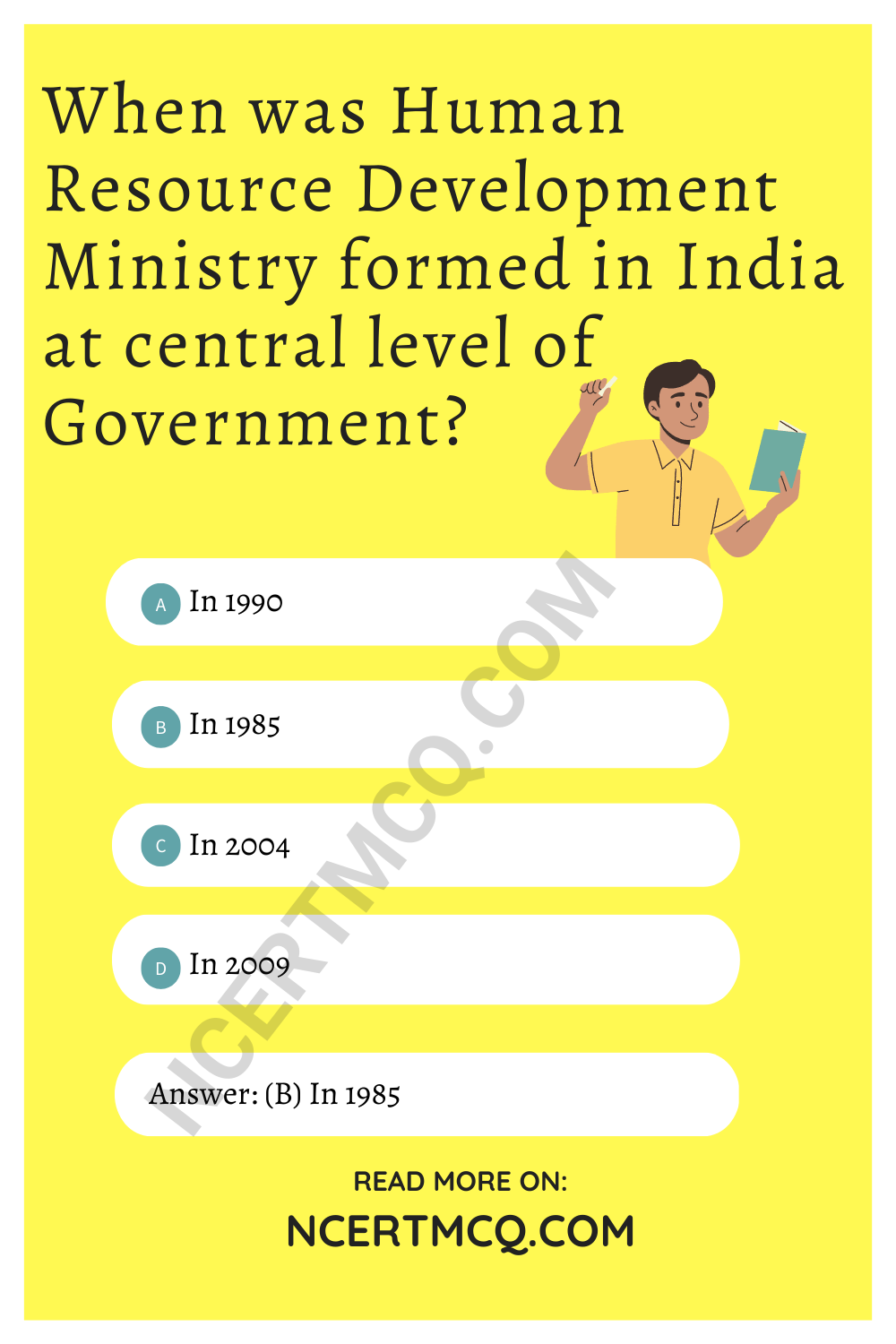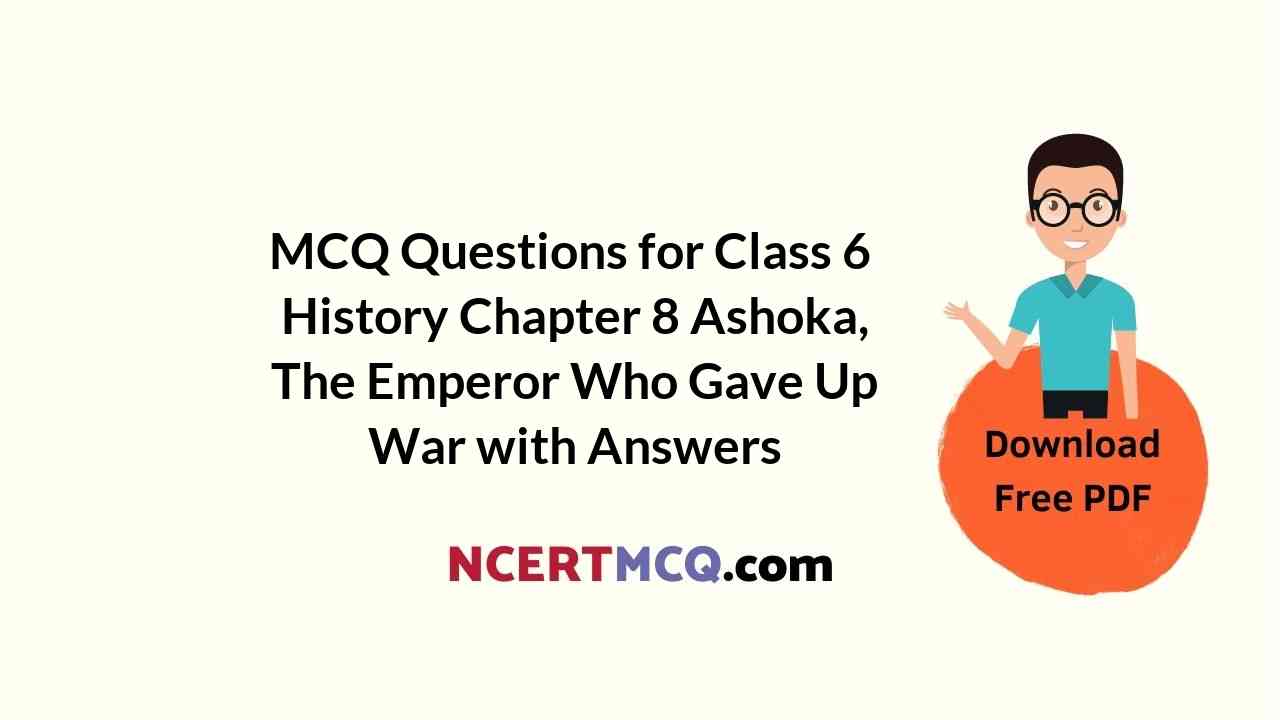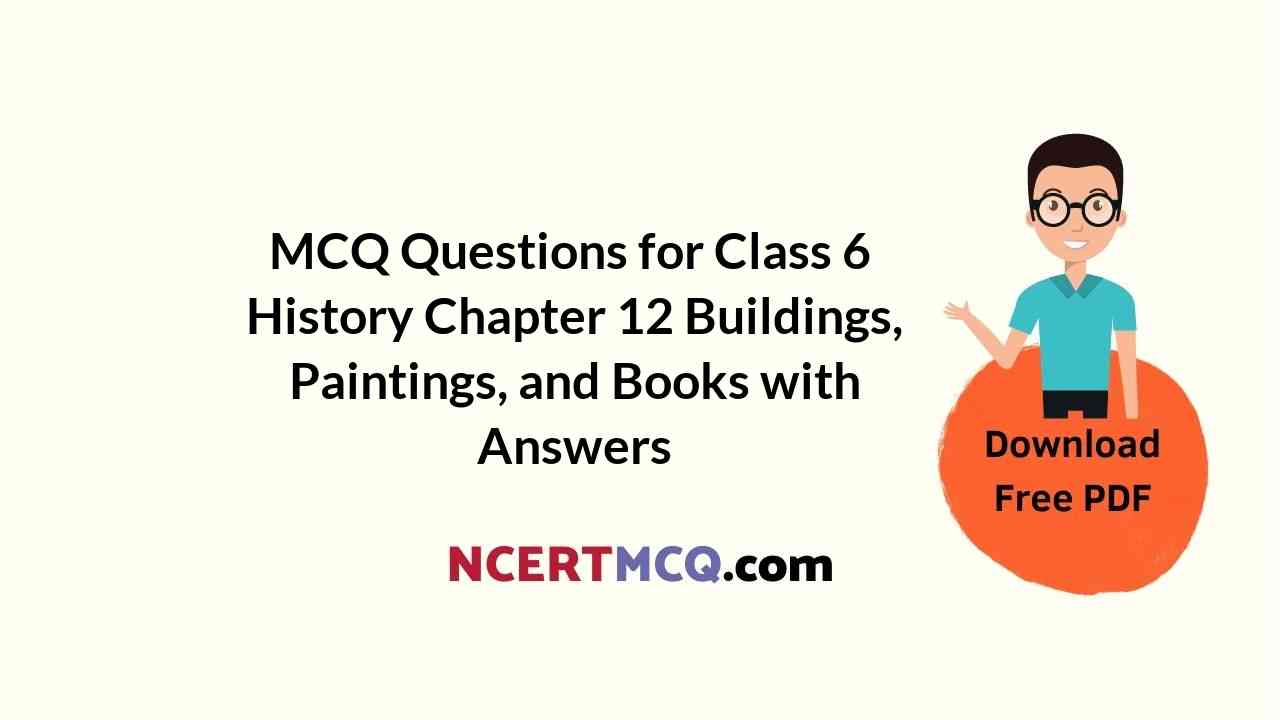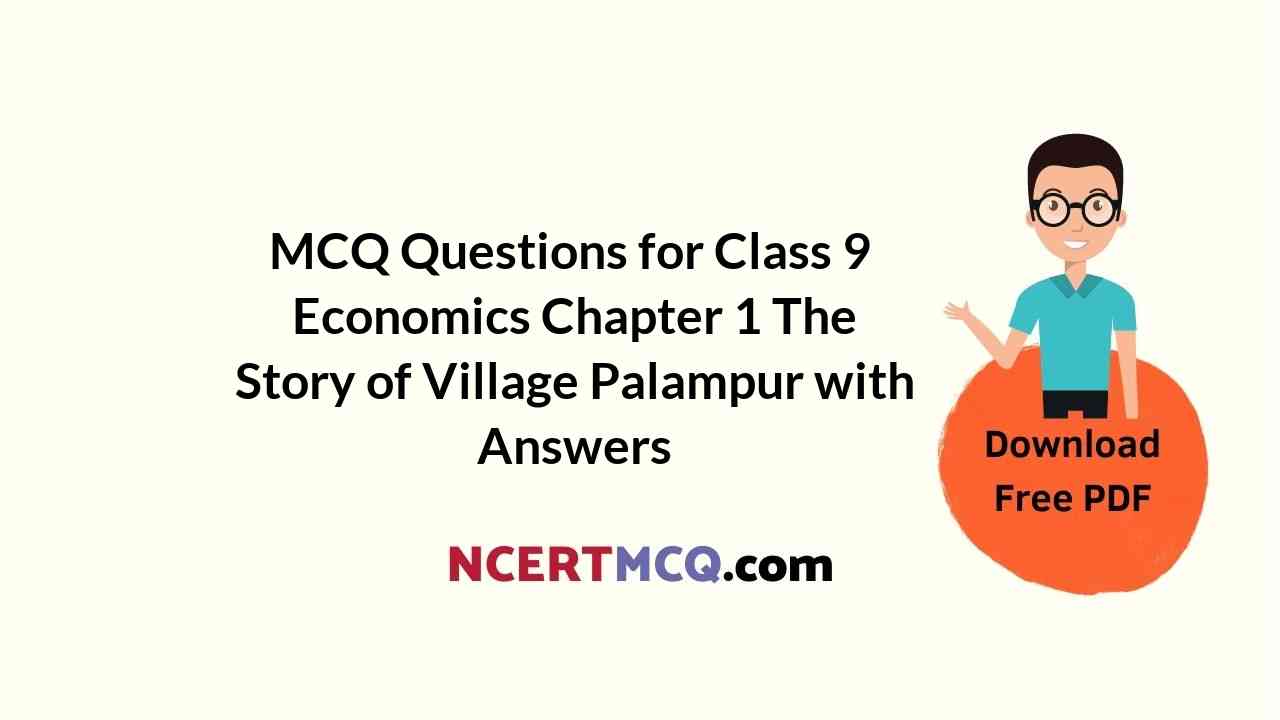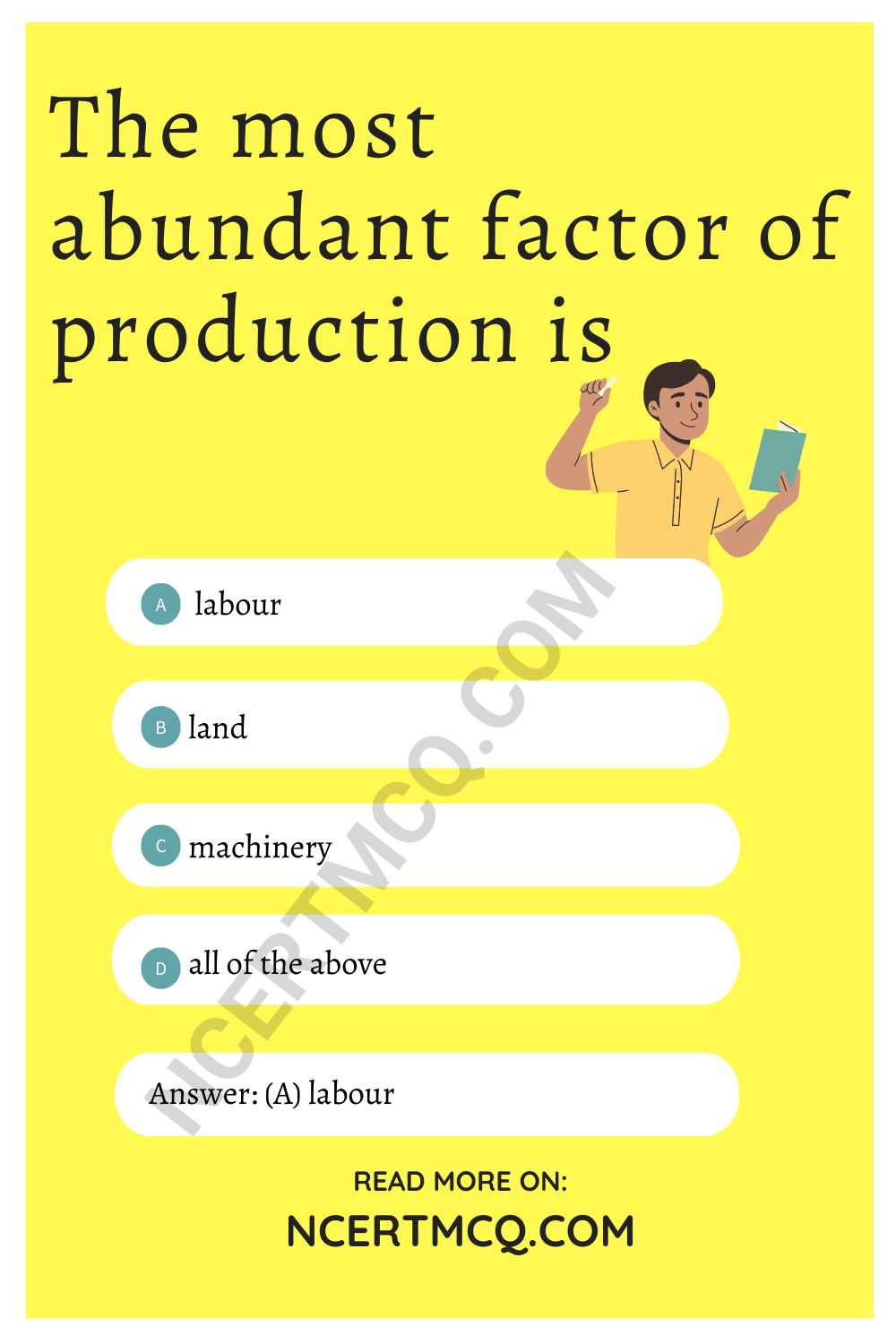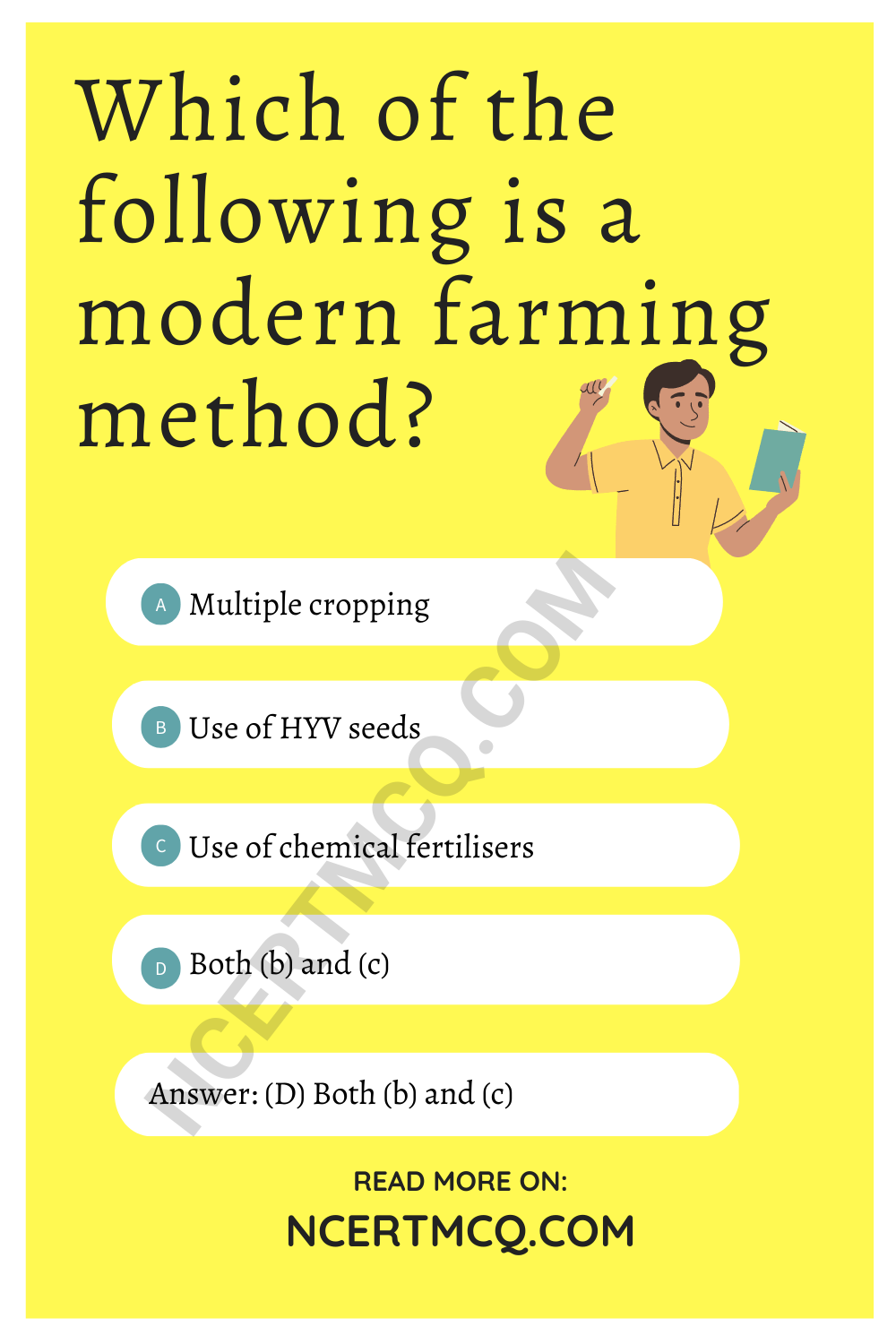Check the below Online Education NCERT MCQ Questions for Class 6 History Chapter 9 Vital Villages, Thriving Towns with Answers Pdf free download. MCQ Questions for Class 6 Social Science with Answers were prepared based on the latest exam pattern. We have Provided Vital Villages, Thriving Towns Class 6 History MCQs Questions with Answers to help students understand the concept very well.
Class 6 Social Science History Chapter 9 MCQ With Answers
History Class 6 Chapter 9 MCQs On Vital Villages, Thriving Towns
Choose the correct answer:
Vital Villages Thriving Towns MCQ Class 6 Question 1.
When did the use of iron begin in subcontinents?
(a) Around 3,000 years ago
(b) Around 6,000 years ago
(c) Around 9,000 years ago
(d) Around 12,000 years ago
Answer
Answer: (a) Around 3,000 years ago
MCQ Questions For Class 6 History Chapter 9 Question 2.
What was the method of irrigation in ancient time?
(a) Canals
(b) Wells
(c) Tanks
(d) All of these
Answer
Answer: (d) All of these
Class 6 History Chapter 9 MCQ Question 3.
In which region landowners were known as Vellalars?
(a) Maharastra region
(b) Punjab region
(c) Tamil region
(d) None of these
Answer
Answer: (c) Tamil region
Ncert Class 6 History Chapter 9 MCQ Question 4.
Who were grama bhojaka?
(a) Village head men
(b) Ordinary people of village
(c) Educated persons
(d) illiterate persons
Answer
Answer: (a) Village head men
Class 6 History Chapter 9 MCQ With Answers Question 5.
People who had no land of their own and worked for others were
(a) Independent farmers
(b) Dasa Saramakaras
(c) Herders
(d) Grihapatis
Answer
Answer: (b) Dasa Saramakaras
Vital Villages Thriving Towns Class 6 MCQ Question 6.
What was the only resource of poor man in the story clever poor man?
(a) Dead rats
(b) Dead dogs
(c) Dead goats
(d) None of these
Answer
Answer: (a) Dead rats
Class 6 History Ch 9 MCQ Question 7.
Where was ring well found?
(a) Kolkata
(b) Mumbai
(c) Delhi
(d) Chandigarh
Answer
Answer: (c) Delhi
Class 6 History Chapter Vital Villages Thriving Towns MCQ Question 8.
Why were the sculptures used by the ancient cities?
(a) To decorate railings, pillars etc.
(b) To decorate cities
(c) None of these
(d) Both (a) and (b)
Answer
Answer: (d) Both (a) and (b)
MCQ Of Vital Villages Thriving Towns Class 6 Question 9.
Where was salt produced plentifully along?
(a) Sea
(b) River
(c) Lakes
(d) wells
Answer
Answer: (a) Sea
MCQ Questions For Class 6 History Chapter Vital Villages Thriving Towns Question 10.
What was ring well used for?
(a)Bathing
(b) Washing cloths
(c) Irrigation
(d) Drainage
Answer
Answer: (d) Drainage
Vital Villages And Thriving Towns MCQ Class 6 Question 11.
Why was Mathura famous for?
(a) Religious centre
(b) Forested area
(c) Port
(d) All of these
Answer
Answer: (a) Religious centre
We hope the given NCERT MCQ Questions for Class 6 History Chapter 9 Vital Villages, Thriving Towns with Answers Pdf free download will help you. If you have any queries regarding Vital Villages, Thriving Towns CBSE Class 6 History MCQs Multiple Choice Questions with Answers, drop a comment below and we will get back to you soon.
Class 6 Social Science History MCQ:
- What, Where, How and When? Class 6 MCQ
- On The Trial of the Earliest People Class 6 MCQ
- From Gathering to Growing Food Class 6 MCQ
- In the Earliest Cities Class 6 MCQ
- What Books and Burials Tell Us Class 6 MCQ
- Kingdoms, Kings and an Early Republic Class 6 MCQ
- New Questions and Ideas Class 6 MCQ
- Ashoka, The Emperor Who Gave Up War Class 6 MCQ
- Vital Villages, Thriving Towns Class 6 MCQ
- Traders, Kings and Pilgrims Class 6 MCQ
- New Empires and Kingdoms Class 6 MCQ
- Buildings, Paintings, and Books Class 6 MCQ


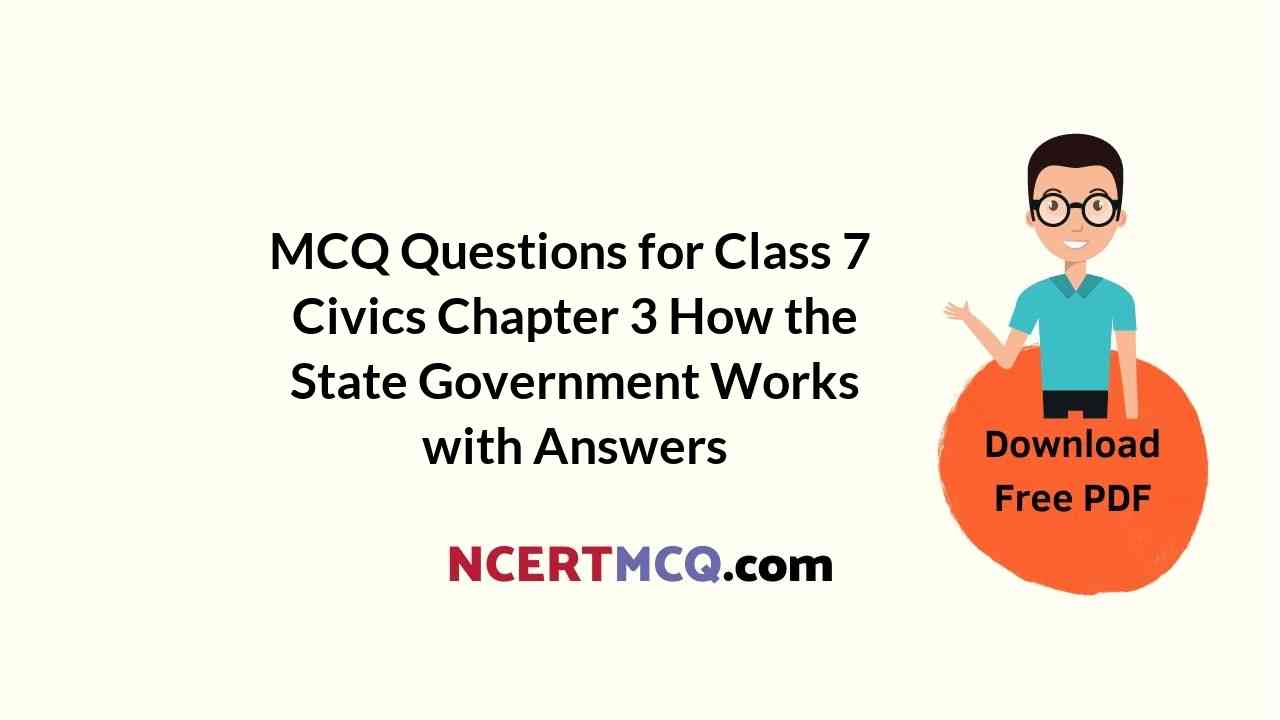


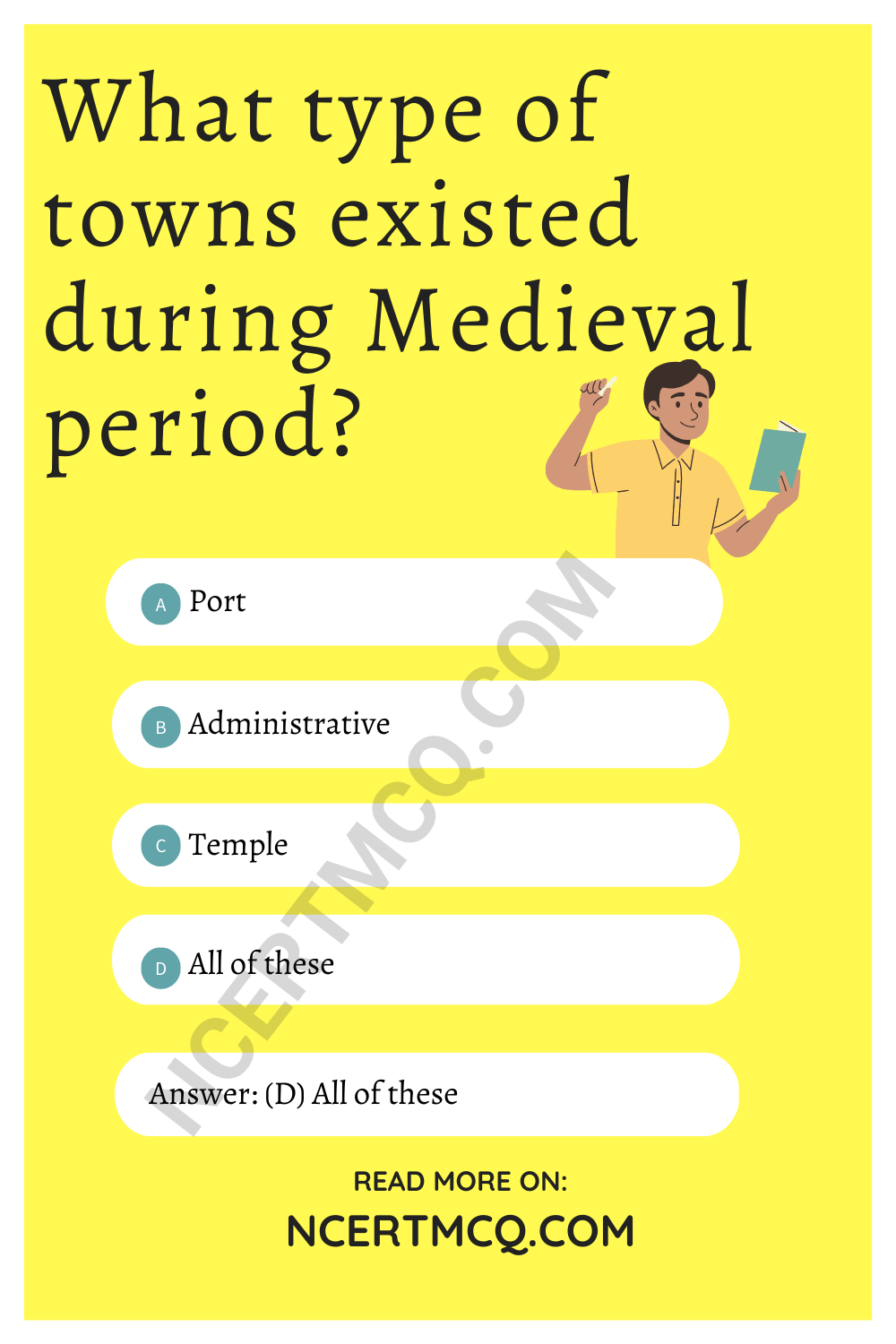




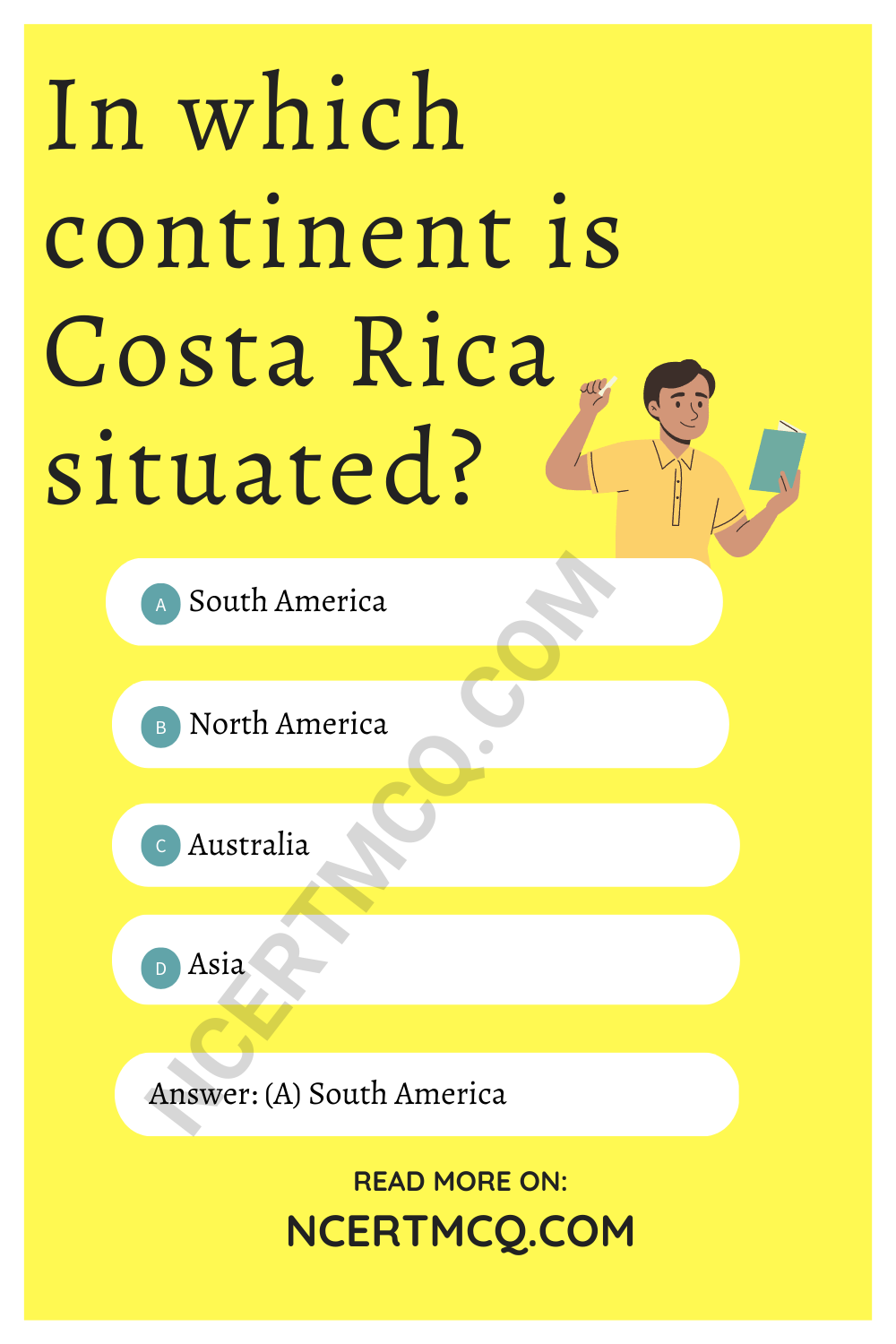 Match the contents of Column A with that of Column B.
Match the contents of Column A with that of Column B.
